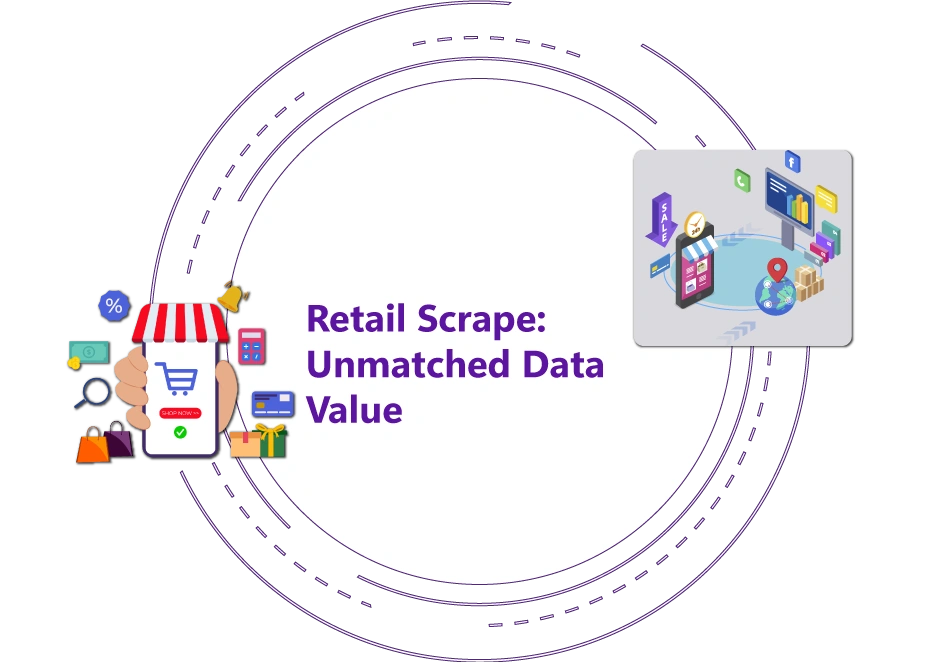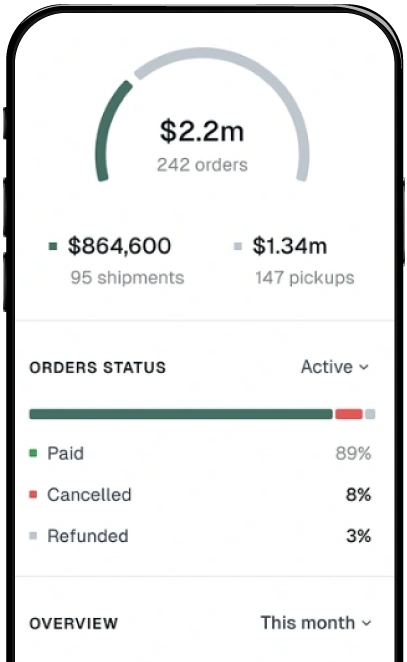

Advanced Algorithmic Product Alignment - Elevating product matching precision with cutting-edge algorithms.
Self-Repairing Data Retrieval - Ensuring uninterrupted data collection with spiders that can autonomously address issues.
Early Warning Error Detection - Proactively identifying anomalies to prevent data inaccuracies.
Expert-Verified Matching - Quality assurance through expert validation.
Dataset Quality Control - Human oversight for all datasets.
Human-Centric Support - Genuine human assistance, not automated bots.














Demand Prediction And Trend Analysis use advanced data analytics to forecast market demand and track emerging trends. Businesses use these insights to optimize inventory, pricing strategies, and resource allocation, ensuring they stay ahead in the competitive retail and Q-Commerce landscape.
Quick Commerce Demand Prediction helps businesses anticipate future sales, reduce stock outs, and optimize supply chains. By analyzing real-time data, businesses can adjust their operations dynamically, improving efficiency and maximizing profitability in the rapidly evolving Q-Commerce sector.
Q-Commerce Trend Analysis identifies shifts in consumer preferences and purchasing patterns. This helps businesses adapt their product offerings, pricing strategies, and marketing campaigns, ensuring they stay competitive in the fast-moving Q-Commerce industry.
Retail Demand Prediction forecasts product demand, optimizes inventory levels, and prevents overstocking or stock outs. This data-driven approach enables retailers to enhance efficiency, improve customer satisfaction, and maximize revenue.
Q-Commerce Industry Trends Analysis collects and processes large-scale market data to detect changes in demand patterns. It helps businesses track competitors, pricing fluctuations, and consumer behavior, providing valuable insights for strategic decision-making.
Predictive Models That Forecast Q-Commerce Future Demand uses AI-driven algorithms to analyze historical sales, market trends, and external factors. These models help businesses make informed decisions, improving operational planning and resource allocation.
Retail Demand Forecasting ensures businesses can anticipate consumer needs, minimize losses, and maximize profitability. It provides actionable insights to align supply with demand, reduce inventory costs, and improve overall business efficiency.
Quick Commerce Data Analytics enables businesses to track sales performance, identify growth opportunities, and refine marketing strategies. This data-driven approach enhances decision-making, helping companies increase revenue and optimize operations in the fast-paced Q-Commerce sector.
Demand Data Scraping Strategies involve extracting real-time demand and pricing data from online sources. This information helps businesses understand market dynamics, adjust stock levels, and make data-backed decisions for improved sales and profitability.
Scrape Quick Commerce Demand Data using advanced web scraping techniques to extract product demand insights, competitor pricing, and sales trends. This data helps businesses optimize inventory, forecast future demand, and stay competitive in Q-Commerce.
Effortlessly managing intricacies with customized strategies.
Mitigating risks, navigating regulations, and cultivating trust.
Leveraging expertise from our internationally acclaimed team of developers
Reliable guidance and assistance for your business's advancement